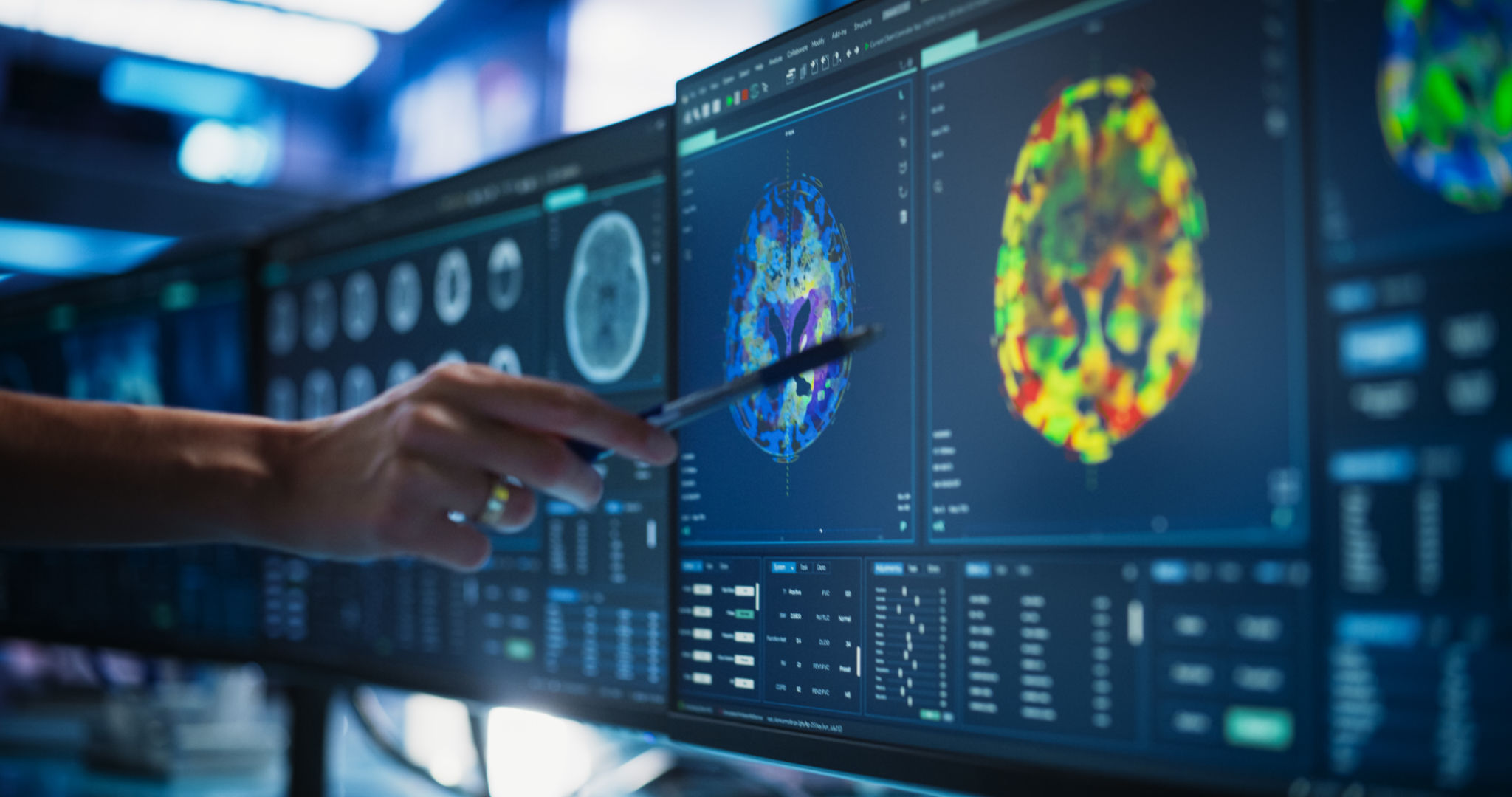Case Study: Successful Diagnosis and Treatment with MRI in El Paso
Introduction to MRI in El Paso
Magnetic Resonance Imaging, or MRI, has been a transformative tool in the field of medical diagnostics. In El Paso, this technology has played a crucial role in accurately diagnosing and subsequently treating a range of health conditions. This case study explores a successful application of MRI technology in the region, highlighting its importance in modern healthcare.
MRI's non-invasive nature allows doctors to obtain detailed images of the organs and tissues inside the body without exposing patients to radiation. This makes it an invaluable diagnostic tool, especially for complex cases where other imaging techniques might fall short.

The Case: Initial Symptoms and Concerns
The patient, a 45-year-old woman from El Paso, began experiencing persistent headaches and dizziness. Initial examinations through conventional methods did not provide clear insights into the cause of her symptoms. Concerned about her condition, her primary care physician recommended an MRI scan to gain a more comprehensive understanding of what might be affecting her health.
This decision was pivotal. While symptoms like headaches and dizziness can result from a wide range of issues, an MRI can pinpoint structural anomalies that other scans might miss. The goal was to obtain high-resolution images that could reveal any abnormalities in the brain that might explain her symptoms.
Utilizing MRI for Accurate Diagnosis
The MRI scan provided detailed images of the patient's brain, revealing a small but significant growth pressing against her cranial nerves. This growth was not visible through prior imaging processes, underscoring the MRI’s ability to detect subtle yet critical anomalies.

With the precise location and nature of the growth identified, doctors were able to formulate a targeted treatment plan. The imaging results were shared with a team of specialists, including neurologists and surgeons, to determine the best course of action for the patient.
Treatment and Recovery
Based on the MRI findings, the medical team decided on a minimally invasive surgical procedure to remove the growth. The accuracy of the MRI images ensured that the surgery was both safe and effective, minimizing potential complications.
Post-surgery, the patient reported a significant decrease in headaches and dizziness. Her recovery was closely monitored, and follow-up MRI scans confirmed the successful removal of the growth with no signs of recurrence.

Impact and Implications
This case study underscores the critical role of MRI technology in modern medicine. In El Paso, as in many other regions, access to advanced imaging techniques like MRI can make a significant difference in patient outcomes. The ability to diagnose accurately and treat conditions effectively leads to better health outcomes and improved quality of life for patients.
The success of this case also highlights the importance of interdisciplinary collaboration in healthcare. By combining the expertise of radiologists, neurologists, and surgeons, the patient received comprehensive care that addressed her condition holistically.
Concluding Thoughts
MRI technology continues to revolutionize the way we diagnose and treat medical conditions. For residents of El Paso, access to such advanced diagnostic tools means earlier detection, more precise treatment plans, and ultimately, better health outcomes. As technological advancements continue to evolve, so too will our ability to provide exceptional care for patients facing complex health challenges.
The success story in El Paso is just one example of how MRI can change lives, offering hope and solutions where other methods may not suffice. As healthcare providers continue to harness this technology, patients can look forward to more accurate diagnoses and effective treatments in the future.
